The Bandsaw Is the One Power Tool Every Hand-Tool Woodworker Needs
A 14-in. bandsaw saves you a lot of time and sweat, letting you reserve hand tools for the fun stuff.
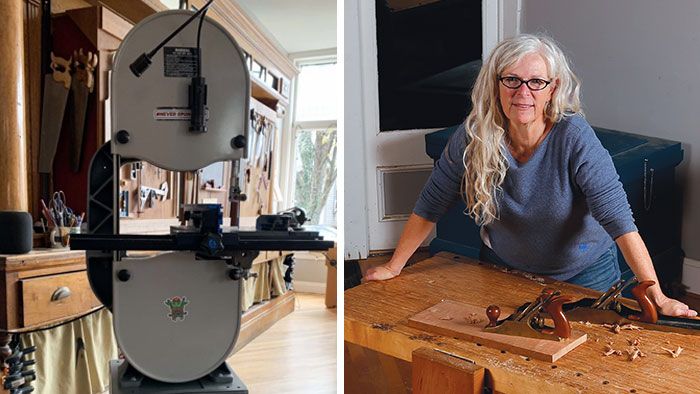
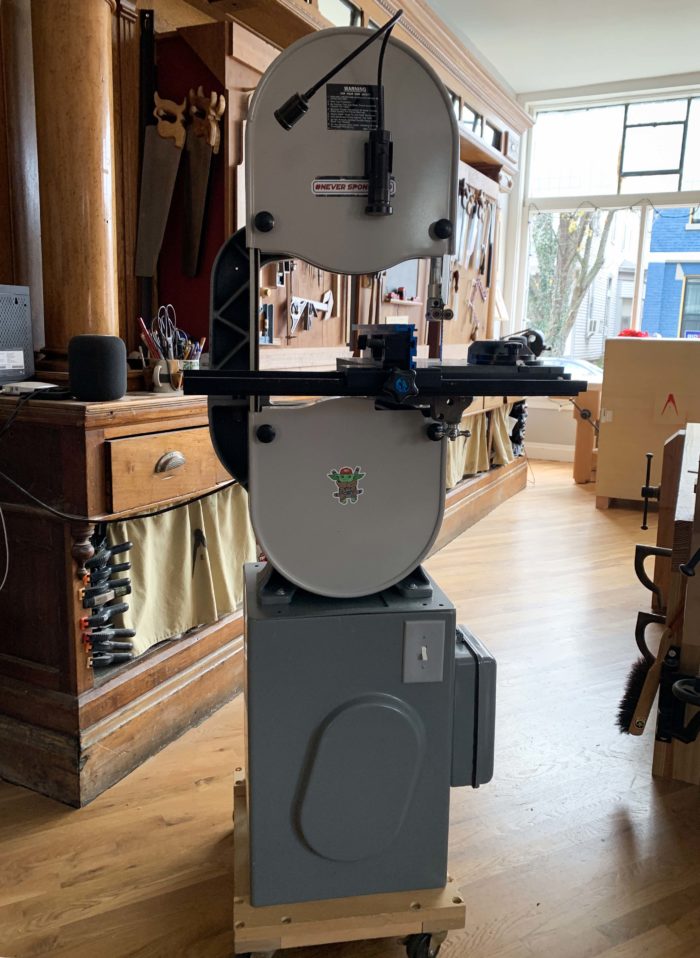
While all of the classes I teach are hand-tool-based, I do use machinery; I would not want to prep the lumber for an English tool chest class by hand! But if I had to choose an only one-tailed tool as an adjunct to my hand tools, it would be the bandsaw (a tool I don’t use for tool chest prep, as it happens). In particular, it would be a no-frills 14-in. U.S.-made, circa 1980 bandsaw, like the Delta Rockwell we have in the shop.
With a 14-in. bandsaw I can make straight rip cuts all day long – or at least straight enough that I can easily clean up the cuts with a jack or jointer plane. Working by hand, I can make only a few long rip cuts before I need a nap. I can use the bandsaw to cut tapers for legs and cut the occasional curve. And I can resaw boards up to 6 in. wide (which comes in handy when making ½-in.-thick tool till parts). I can trim the ends of boards, cut tenons, cut thousands of wedges (my floors are uneven, and we use them in lump-hammer assembly)….
And the bandsaw is probably the safest stationary power tool (so safe that we let students use it in stick chair classes to cut curved bevels) because it pushes the work down onto the table (instead of possibly throwing it back at you like the tablesaw).

So why a 14-in.? It’s long been the most common size in small shops, so it set the standard for aftermarket add-ons should you need them (fences, zero-clearance inserts, miter gauges, guides…). And it’s dead easy to find the 93-1/2-in.-long blades that are standard on this size. (We typically use Woodslicer blades from Highland Woodworking – for which we pay full price, of course). Plus, the machine is small enough that we can easily tuck it into a corner (on its shop-made mobile base) when it’s not in use.
We used to have a 17-in. bandsaw at the Lost Art Press shop; neither Chris nor I used it. (OK…I used it once in a while; its table was conveniently located for the stacking of parts.) If I turned bowls or cut a lot of wide veneers, I might miss it. But I do not.
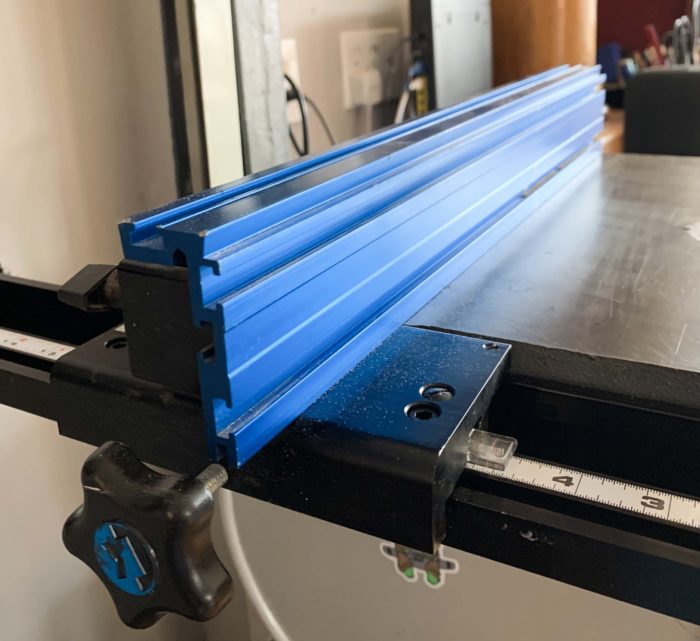
And why older and American-made? It’s not so much the age or country of origin that matters as it is the quality that was present in older, American-made models. The trunnions are cast iron, the metal handles are easy to grip and turn, the wheels are a less-spindly aluminum than what you find today.
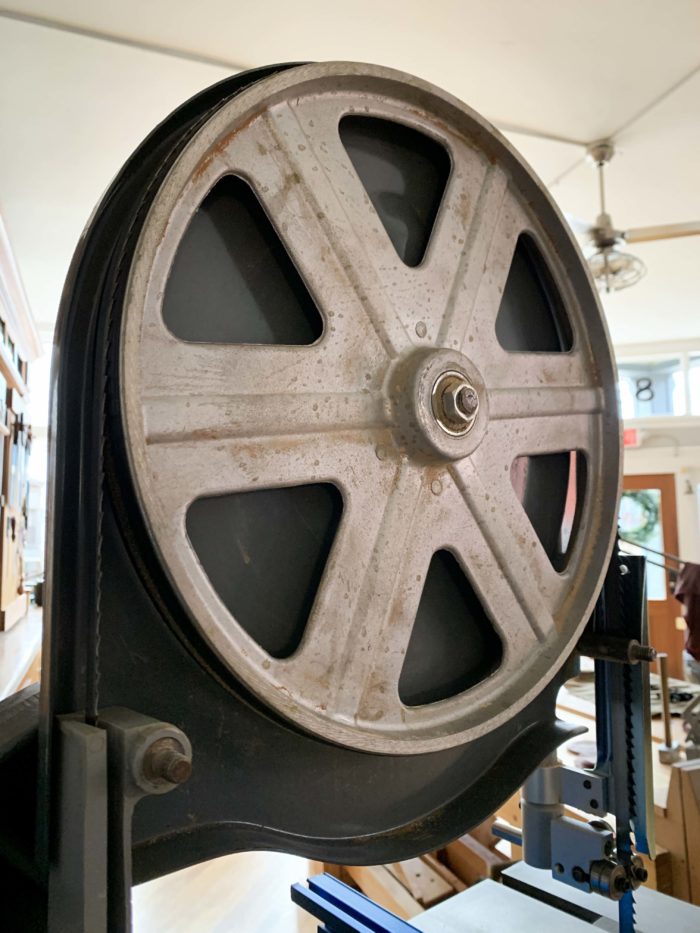
There are a few “upgrades” on the Delta, however, that are worth mentioning. The original belt has been replaced with a PowerTwist V-belt (about $50), we have a zero-clearance insert ($5), and a Kreg fence ($119). Oh – and aftermarket Carter guides, but only because the original ones gave out after 40 years (a pretty good run). And I have an apple box to stand on while I use it. (This is what happens when you share a shop with someone almost a full foot taller!)
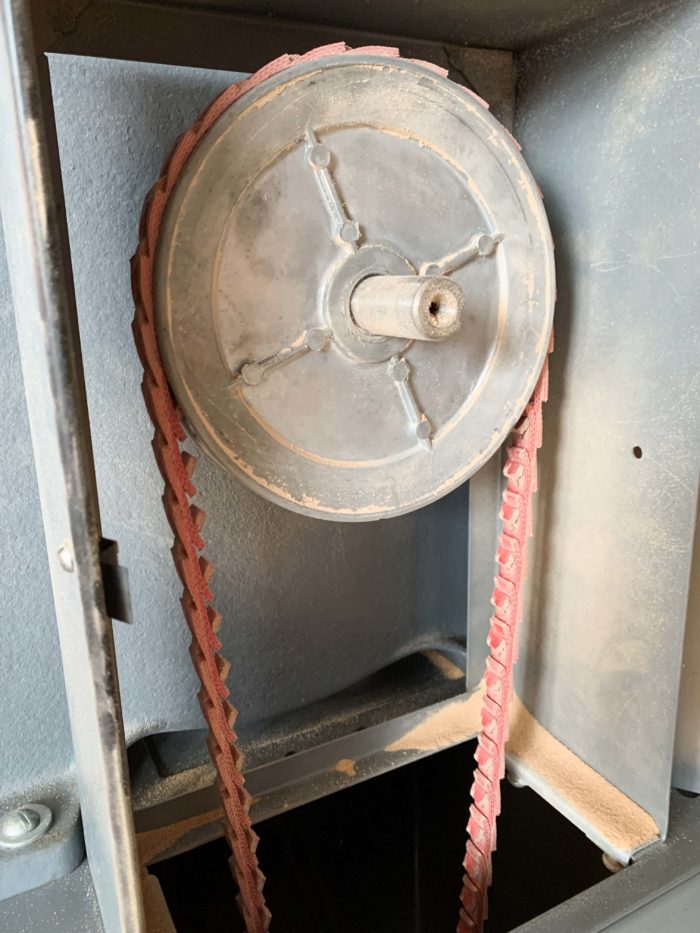
And if I got to add a second power tool to my list? It would be the thickness planer. Using hand tools might help keep you in shape … but a few power tools help you to use them for more enjoyable tasks than ripping and thickness (and help to keep arthritis at bay).
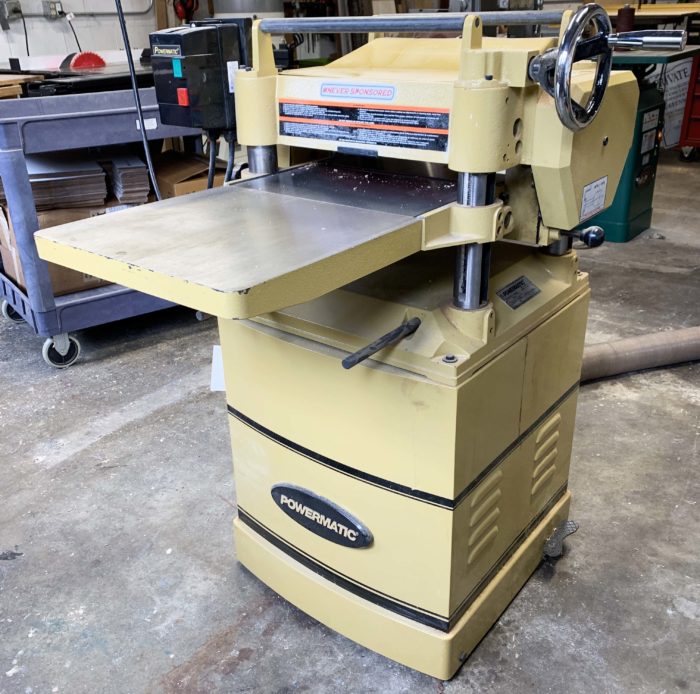
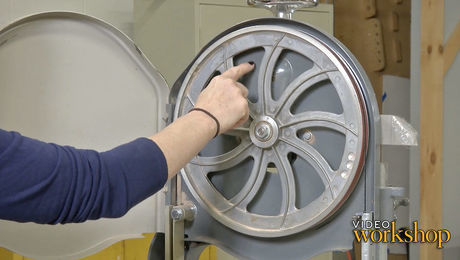 |
|
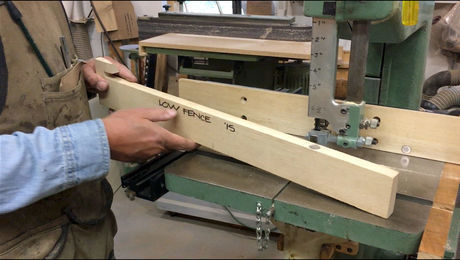 |
|
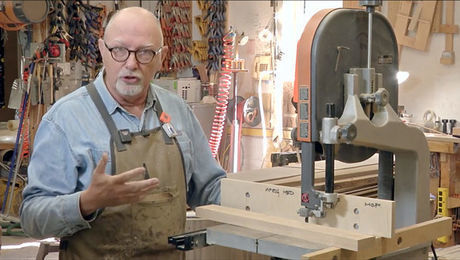 |
Fine Woodworking Recommended Products

Lie-Nielsen No. 102 Low Angle Block Plane

Veritas Precision Square
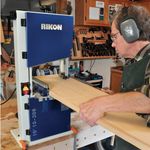
Rikon 10-3061 10-in. Deluxe Bandsaw
The saw has two speeds: 3,280 sfpm (surface feet per minute) for wood and 1,515 sfpm for soft metals and some plastics.








Comments
I used to have an old, pre-1980s, Delta 14 inch bandsaw. I tuned it up and it was just ok. Dust collection was non-existent. A couple of years ago I upgraded to a 17 inch European frame bandsaw. This saw cut better out of the crate than my old saw did after days of balancing wheels, truing this and that, and generally fusing with it. Also, dust collection is integral, what dust does escape is that which gets carried around by the saw blade gullets and bounces off the board you are cutting on the next pass. It pains me to write this but sometimes the modern version of a tool really is better.
I spent the entire summer doing a complete overhaul of a rusted 1940s Milwaukee Delta BS. Most useful project I have done to date.
Ms. Fitzpatrick,
I agree with you completely that a band saw and then, if possible, a planer are the two most important large power tools for the wood shop. This is especially true of you use wood from saw mills. Given these tools, my next step would be a dust collector that could handle both of these tools.
Thanks.
This is a perplexing article to me... Hand tools are fine and often the best way to accomplish a job. But for me accomplishing the job in a time efficient matter is most important - and I don't think anyone I have ever made a project for (family, friend, client) cared if I just used hand tools or machines!
So when I see "saves you a lot of time and sweat" about bandsaws that would also apply to tablesaws, routers, planers, jointers, chopsaw, power sanders, even Festool dominoes, etc...
And funny to me to hear the bandsaw is the "safest stationary power tool" - the worst injury I ever had in the shop was with a bandsaw making a cut with table tilted and wasn't paying attention. Could have cut my finger off - blade didn't even stop!! ( I have a Sawstop so virtually impossible to cut myself plus have a riving knife which prevents kickback.)
No argument that bandsaws are useful, but I will always pick a tablesaw over a bandsaw whenever the option is available!
Ral3,
It seems like you're not the hand-tool only woodworker this article was intended for. There is a large number of woodworkers who prefer to work with only hand tools, and Megan is giving her opinion on which power tool they should add into their shops IF they were going to add one.
Would be nice, but it's not a need. Yes, I wish I had the shop space to accommodate a bandsaw (and don't forget the dust extraction), but I don't. Doesn't stop me.
I couldn’t agree more with Megan. My shop is currently all hand tools, but I have a 14” bandsaw, and a Hammond slider trim-o-saw on the other side of the basement that get occasional use.
Same here. Although I have had several opportunities over a 27 yr. period to upgrade it or even purchase a larger bandsaw and use this for smaller work, I never did. With the upgrades on my 1994 delta 14 in. , it does what I expect of it exceptionally well! I do quite a bit of veneering and this saw can slice 3 or 4/32 in. veneers all day long up to 12 in. wide. Beefed up the motor, dust collection, same Kreg fence, riser, etc. Norman, WoodSkills
Log in or create an account to post a comment.
Sign up Log in